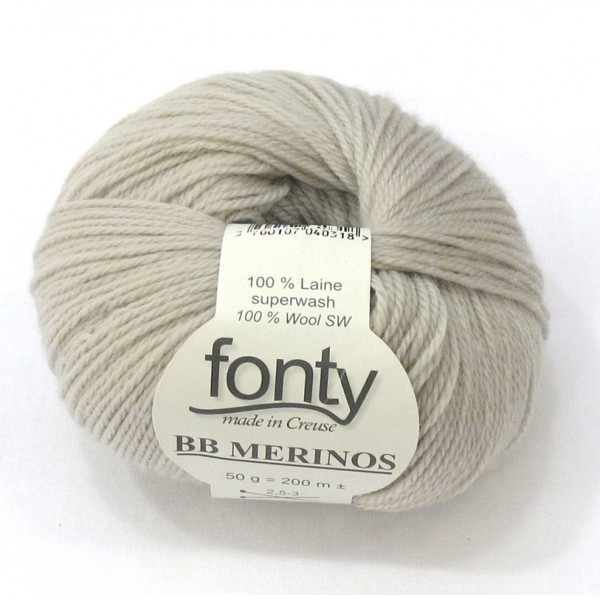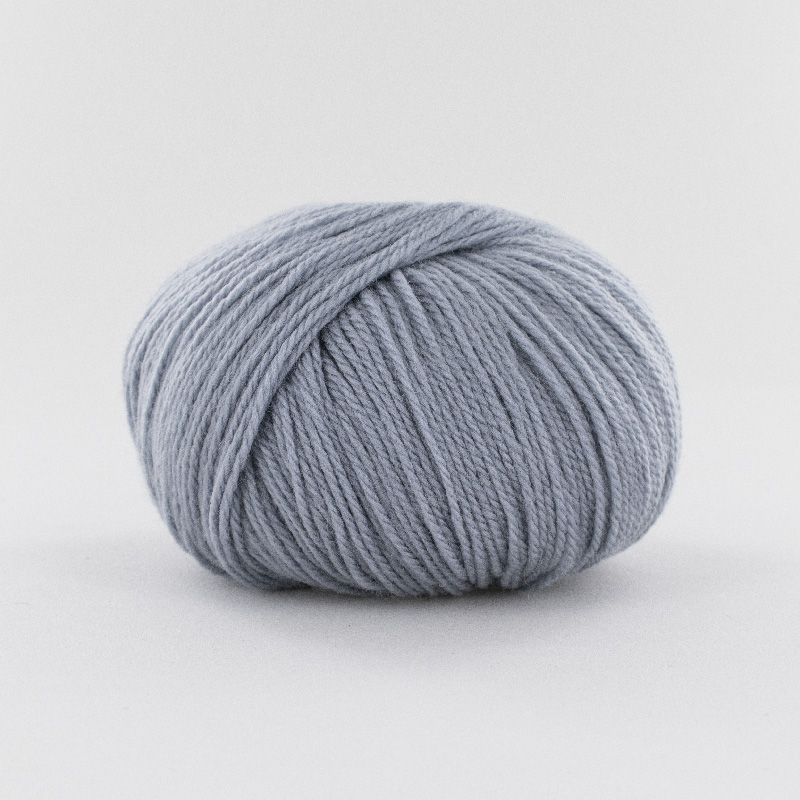

These results indicate that the rumen microbiota and associated fermentation end-products are driven by the diet consumed at the time of sampling and that previous dietary interventions do not lead to a detectable long-term microbial imprint or changes in rumen function. In P03, all calves had similar DMI, CH 4 and H 2 emissions, SCFA proportions, and microbial compositions, and no interactions with previous treatments were observed. No treatment interactions were observed in P02. In all groups, the archaeal community was dominated by Mbb. The cellulolytic bacteria had lower proportions in HQ than LQ calves. Calves offered HQ pastures had greater DMI and lower A:P ratio than calves offered LQ pastures, but 圜H 4 was similar between groups. These differences, however, did not persist into P02. The archaeal community was dominated by Methanobrevibacter boviskoreani in CO calves and by Mbb. The ruminal bacterial community had lower proportions of cellulolytic bacteria in CO than FO calves. In P01, CO calves had a higher solid feed intake but a lower CH 4 yield (圜H 4) and acetate:propionate ratio (A:P) compared with FO calves. During each dietary phase, methane (CH 4) and hydrogen (H 2) emissions and dry matter intake (DMI) were measured in respiration chambers, and rumen samples for the evaluation of microbiota and short-chain fatty acid (SCFA) characterizations were collected.

In phase 3 (P03), calves were randomly allocated to one of two grazing groups and offered the same pasture-only diet.

In phase 2 (P02), calves from both groups were randomly allocated to either high-quality (HQ) or low-quality (LQ) pasture grazing groups. In phase 1 (P01), calves were offered a low-milk volume/concentrate starter diet with early weaning (CO) or high-milk volume/pasture diet and late weaning (FO). Twenty-four calves (9 ± 5 days of age) were arranged in a 2 × 2 factorial design with two divergent treatments across three dietary phases. The objective of this study was to determine whether divergent feeding regimes during the first 41 weeks of the life of a calf are associated with long-term changes in the rumen microbiota and the associated fermentation end-products. 4Biostatistics Team, AgResearch Grasslands, Palmerston North, New Zealand.3Food System Integrity Team, AgResearch Grasslands, Palmerston North, New Zealand.2School of Veterinary Medicine, Massey University, Palmerston North, New Zealand.1Ruminant Nutrition and Physiology Team, AgResearch Grasslands, Palmerston North, New Zealand.


 0 kommentar(er)
0 kommentar(er)
